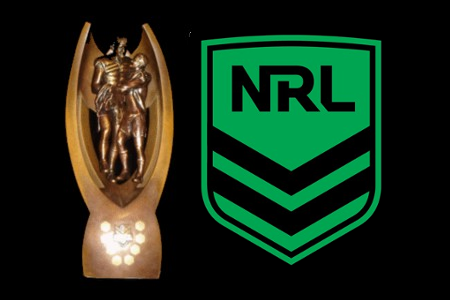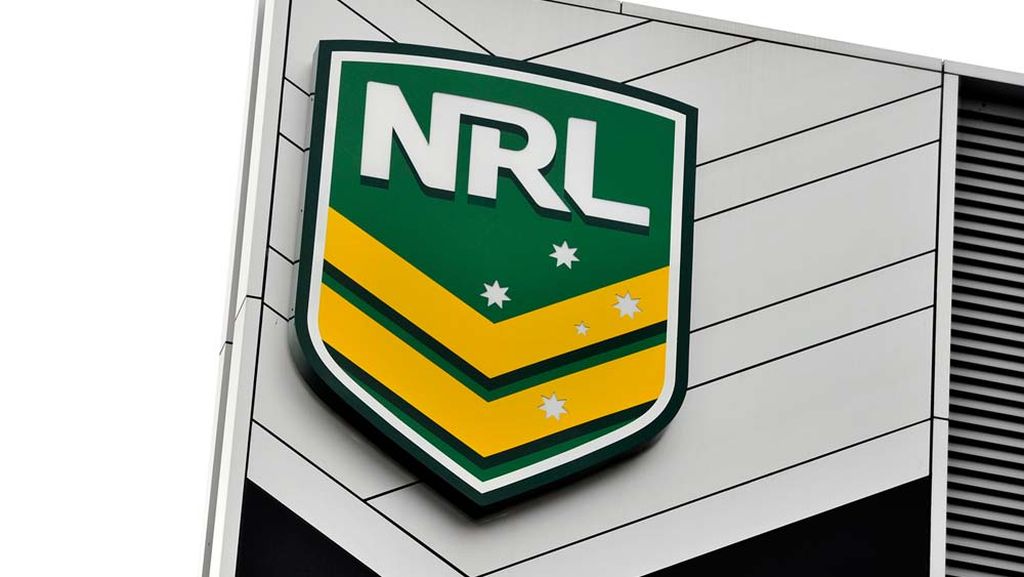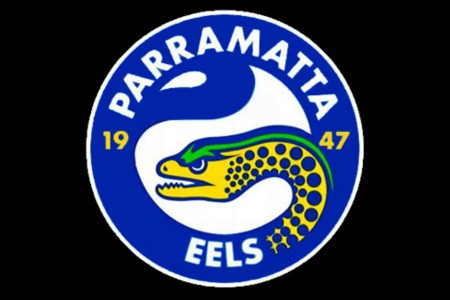2019 has seen a dramatic spike in interest surrounding player welfare, especially in the area of concussions. We recently learnt that Chronic Traumatic Encephalopathy, or CTE, was discovered in the brains of two former NRL players.
Currently the only way to know if a player has CTE, sadly, is via an autopsy. This is of little help to current and past players. But what is of help is the painstaking researching being undertaken to learn more about CTE and hopefully, an ability to detect it while the patient is still alive.
CTE is a disease of the brain which is predominantly caused by repeated head knocks. It’s also something that has been studied for nearly a century now, starting with boxers back in the 1920’s.
However for near 80 years this condition was largely thought to only affect boxers, due to the tremendous volume of blows to the head that they took. However by the mid 2000’s it was found that this disease existed in athletes from other sports, with the case of legendary NFL player Mike Webster the most prominent.
This discovery saw all contact sports around the world immediately open their eyes to the very real and serious risks of CTE in players. In Rugby League, there had long been penalties for players who attacked the head of an opponent, however in the past decade the game has enacted two major rule changes; banning the shoulder charge and banning punching. While those rule changes were not directly due to CTE research, they have seen a reduction in high impact blows to the head, or serious whiplash cases which are just as bad.
These decisions have been welcomed improvements for players health and safety, it wasn’t until the NRL introduced mandatory Head Injury Assessments (HIA’s), to determine the severity of a head knock and whether a player was fit to return to the field or not, that the game made its first rule change specifically in response to the growing evidence of CTE.
Recently I spoke with Dr Alan Pearce, a Neuroscientist, an Associate Professor at La Trobe University and concussion expert on my podcast Fergo and The Freak, where he explained an issue with the current HIA protocols, which almost make them seem archaic despite being only recent additions to the game.
Dr Pearce stated “What we’re finding from some of the research is that symptom recovery resolution, or recovery, doesn’t necessarily equal physiological recovery.”
“Someone can get a concussion, they can show no symptoms within 3 or 4 days after – their headaches are gone, they can answer all the questions and do all the reverse number and reverse months quite comfortably, but what we’re seeing, and this has been shown in the United States and Canada, is that when we do some physiological measures, they haven’t returned to baseline.”
He then went on to reveal that American and European studies into CTE found “if you are concussed, your risk of injury, musculoskeletal risk, could be an ankle, could be a knee, is increased by 2 and a half times if they’re not fully recovered.”
“So you might see people who get concussed and then several weeks later they do a knee or an ankle. We haven’t linked the research back to brain physiology or brain processing, but my thinking is that, if there is an increased risk in injury after a concussion, maybe it’s because that split second awareness and processing you’ve got to do, and decision making is compromised, even by say a few hundred milliseconds, could be the difference between making a decision to go into that contest or not.”
I then asked Dr Pearce, “Whether it would be smarter to (say), if they’ve had a head knock that’s been serious enough to determine a HIA is required, that they just don’t come onto the field at all?” to which he replied “That’s right, yes.”
This revelation immediately casts doubts over the legitimate value of HIA’s. There’s evidence which shows that each concussion a player suffers makes them more susceptible to concussion in the future. More concussions makes you more likely to get knocked out more frequently.
But to also know that returning to play too soon after suffering from a concussion can also increase the risk of other injuries, surely means that head knocks need to be more seriously and intensely treated and studied for the sake of all parties involved.
The alternative clearly has to be independent doctors, who specialise in neuroscience and concussion, to evaluate every concussed player closely to ensure that they return to the field at precisely the right time.
The NRL needs to commence working much more openly and honestly with scientists to help the work in this area and hopefully make a safer environment for everyone to play the game, without compromising on the physicality and toughness that makes Rugby League exquisite.
Not doing so could well lead to the NRL introducing policies and laws, like the HIA, which is well intentioned but not quite achieving what it is set out to do.
Players too, not just at the elite level and not just from the NRL, need to get in touch with people like Dr Pearce so as to assist his research. He is available on Twitter and also has a website.
Some players like Parramatta legend Peter Sterling and current Dragons big man James Graham have stated that they will dedicate their brains to science to help further this research, which is a noble and brilliant gesture to help future generations of players.
Hopefully more athletes, not just professionals, will follow suit and help this vitally important research.









